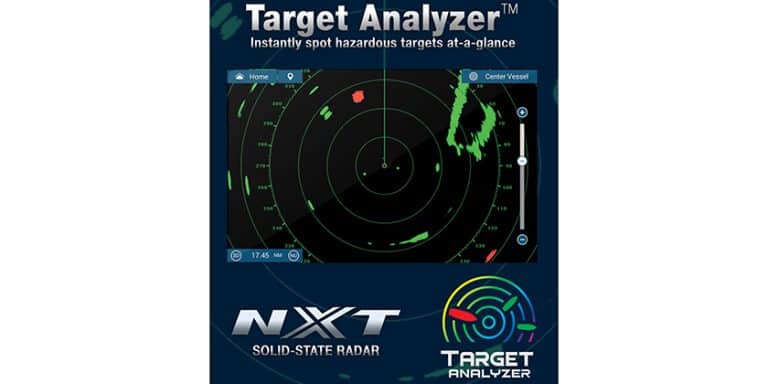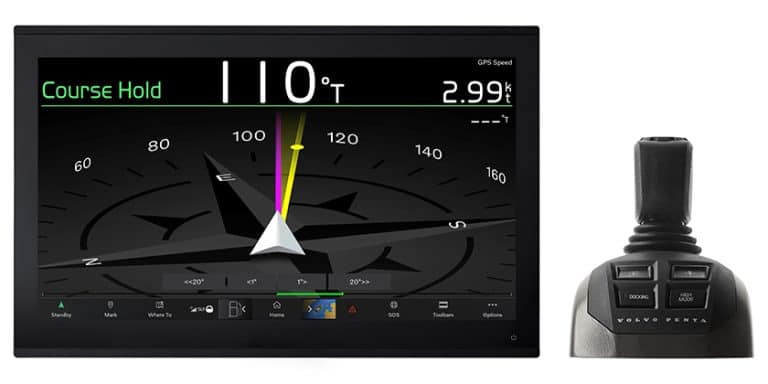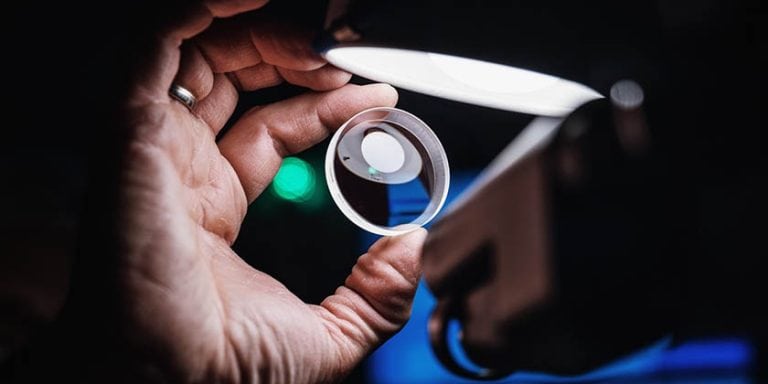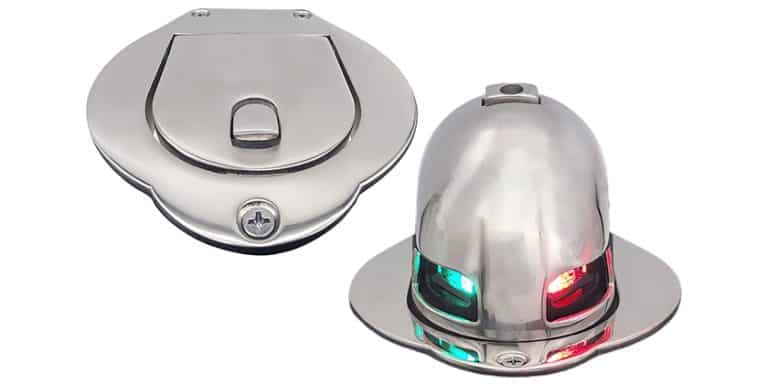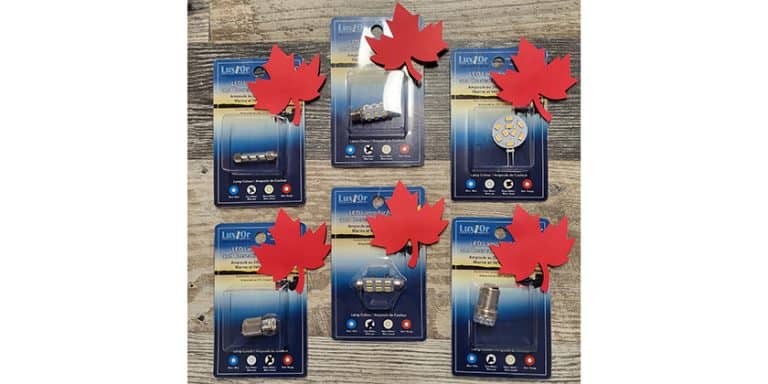More Boat Time, Less Office Time
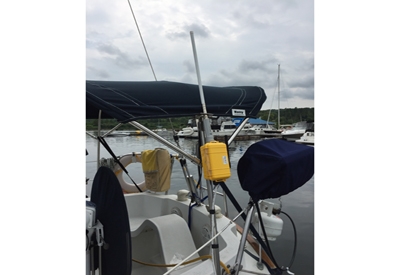
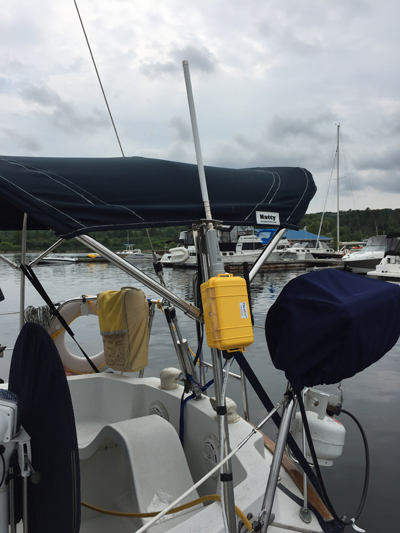 We Install WiFi Boosters Onboard
We Install WiFi Boosters Onboard
By Greg Nicoll
I am fortunate to have the ability to work from just about anywhere. A cellular signal and a Wi-Fi connection is about all I really need to put in a full day’s work. The ability to communicate remotely in real time is a true gift that the electronic era has given many of us. Unfortunately, sometimes the Wi-Fi connection can be a problem. This summer I purchased a boat and put it in a marina in Georgian Bay to take advantage of my unique position; work from the boat, live the dream!
Although the marina has spent a great deal of time and money putting in a Wi-Fi network, the 500 neighbours docked along side appear to be competing for limited ‘pipe’ space on the network. The result was my Wi-Fi connection was not up to the capacity that I needed to perform my duties. The poor service and inconsistency turned my plan to convert my boat’s navigation station into a floating office, into wishful thinking.
Back in the office the online search began. I listed my criteria for a successful wireless solution for my boat, and the first one was that it had to be marine grade waterproof and capable of managing the elements. Second, the system had to be one that I could easily install myself, being the frugal sailor. Next, it had to be a robust, stable system that had the flexibility for 3G and 4G data and that had a long-range adaptor. Finally, the most important criteria, had to be user-friendly.
Marinas and yacht clubs use their hardware to connect to an AP (access point) to broadcast a signal. Connections to these “hotspots” are often encrypted and require a password to enter.
Our personal devices search the surrounding area for an AP (access point) that will provide a list of available networks for to us connect to. The router helps your smart TVs, iPads, smart phones and navigation systems etc., find the best routes to avoid creating network congestion.
Sourcing the Internet has several options – Wi-Fi, cellular, or satellite each have limitations such as signal strength, range, and cost factors. Generally, Wi-Fi is cost effective, and the approximate range for a 5GHz is about 150 metres, at 2.4 GHz Wi-Fi is good up to 1500 metres. Cellular signals generally work up to 7-8 kilometres, and satellites are usable mostly everywhere, but at a high cost. As technology grows, so does its demand on everyday devices. Having an internet connection has become a necessity, not just a novelty.
Some tips on keeping your network healthy.
Probably the most overlooked practice is that all networks require downtime. Clearing out any electrostatic build up, killing undetected loops, clearing cache’s, etc., is always important when it comes to network health. This rule holds true even for your home networks. How many times have you just unplugged your router at home and plugged it back in, and whatever problem there was, clears itself up. This is important on a boat to obtain the best and consistent connection.
Also remember that absorption/water kills radio waves and therefore, rain greatly impacts it. Even high humidity has an effect.
Reflection is an issue. Materials like smooth dense metals, reflect signals. This means that when the signal hits the smooth dense object, it bounces off cleanly. Also hindering signals is when the signal collides with a textured surface that breaks the signal apart. This is referred to as scattering. Also, the signal can bend around objects. This is how you’re able to get a signal through large buildings, and narrow streets. It’s called “refraction”.
Refraction is when the signal penetrates an object and is still usable on the other side. Every signal works with some refraction and it is even utilized into antenna designs themselves. As the antenna propagates its signal, it penetrates its fiberglass, rubber, or plastic shell.
All these impedances are not exclusive. Nearly everything in this world will interact with these signals in multiple ways. Glass for instance has a heavy reflection quality, and refraction rate. Meaning that the signal not only bounces off it, but what does penetrate also will break apart, and refract.
The best signal is always a direct line of sight with no impediments.
The optimum connection is through open air. Even then, open air has impedances due to humidity (water particles), wave action, and air debris such as dirt, pollen and metal particles which all scatter a signal. The little antenna in your tablet or wireless device has a tough time competing with all the fibreglass, masts, and stainless surrounding you at the marina.
After my research, I concluded that I was unable to upgrade the marina’s signal, so the next best plan was to increase my reception of that signal, so I sought out a wi-fi booster that amplifies the signal at the maximum legal output, that could provide large coverage for the areas where I keep my boat moored and on the water where I cruise.
After looking at many products on the market, I chose the Wirie Pro from Island Consulting Inc., a company founded in 2003 and located in Newbury, Massachusetts USA. The owners of the company, after spending years cruising the seas, learned a lot through their experience and personal relationships with cruisers they met on the way. This experience along with their background knowledge of computer software and hardware resulted in the Wirie. The two-in-one Wirie Pro device allows users to connect using either a shore-based Wi-Fi network or cellular service.
The Wirie was simple to install right from the box. The antenna, radio device, local router and cellular data system are all one connected unit. I mounted the yellow box and omni-directional antenna on the support rod for my bimini top, drilled a hole through the deck coaming and ran the line to the panel box. I’m not the most knowledgeable electrical guy in the world and I chose to wire it into a 12 V cigarette lighter which preserves polarity and had it working right away. The instructions that came with the Wi-Fi booster were simple to follow and with a few passwords, my computer could lock onto a seamless strong signal and I was back in business. It was amazing that right after the installation, I went from not getting any Wi-Fi at my dock to being able to watch movies… oh, and to keep in contact with my business associates.
If I can do it, you can do it. More boat time and less office time is possible!
A big thank you to Jeff Graham from Wave WIFI in Oakland Park Florida who gave a very informative presentation at the 2017 International Boat Builders Exposition on Networking and Wireless Connectivity Overview for Today’s Vessels, and Marinas.

